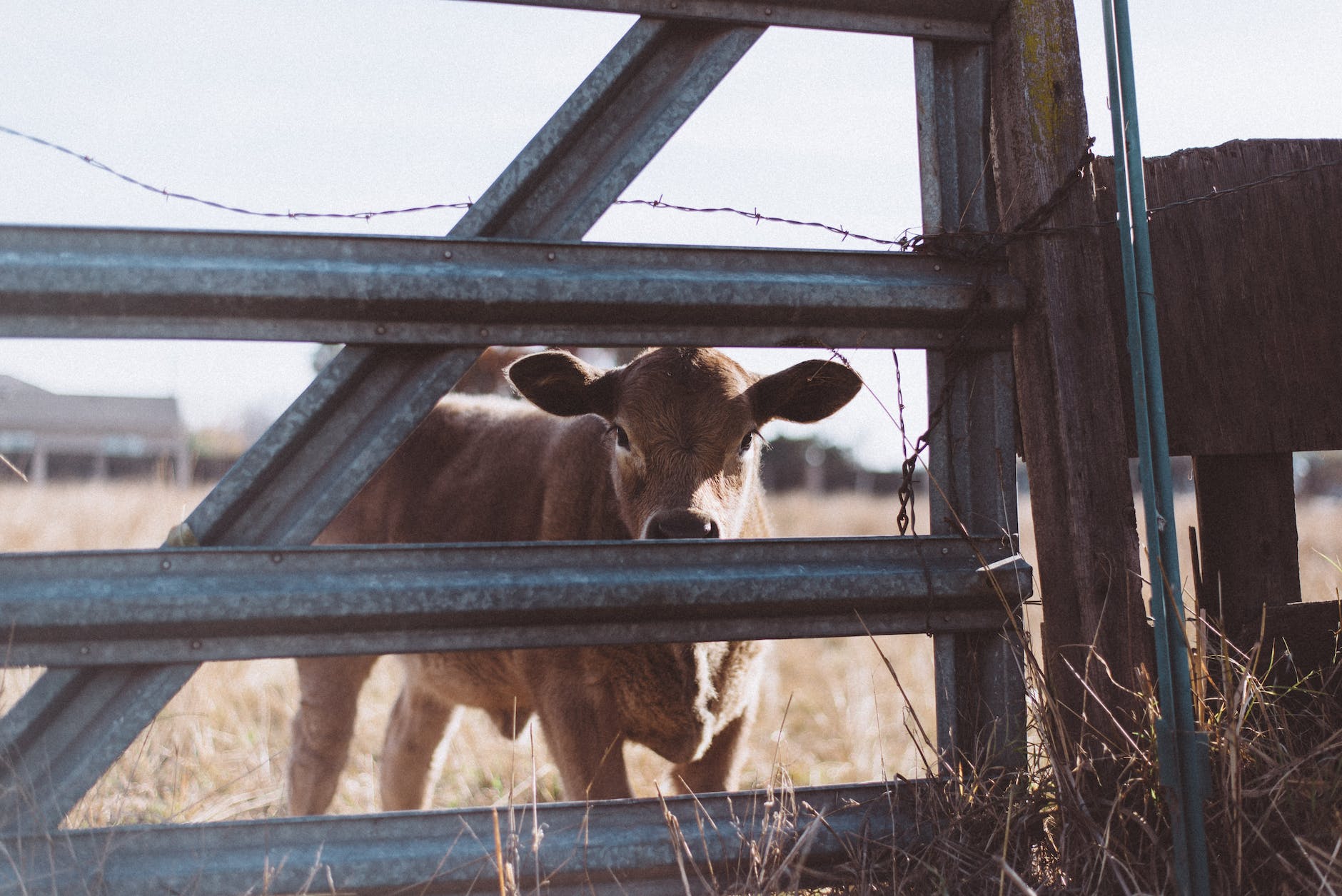Affordable Ranch Services for Small and Large Properties
Are you in need of ranch services but don’t know where to turn? Look no further! Our team of experienced professionals is here to help with any job, no matter the size or complexity. From livestock management to land clearing, we have the expertise to get the job done right. Plus, our services are affordable and reliable, so you can trust us to handle your ranch needs with care and efficiency.

Land Clearing and Brush Removal
Our team of experts specializes in land clearing and brush removal consulting for both small and large properties. Whether you need to clear land for a new building or simply want to improve the appearance of your property, we can advise.
Fence Installation and Repair
In addition to land clearing and brush removal, our team also offers fencing advisement services. We understand the importance of having a sturdy and reliable fence to protect your property and livestock.
Pond and Lake Management
Our ranch services also include pond and lake management. We understand the importance of maintaining a healthy and balanced aquatic ecosystem for both recreational and agricultural purposes.
{{Learn more about our ranch services.}}
Pasture Management and Grazing Plans
Proper pasture management and grazing plans are essential for maintaining healthy and productive livestock. Our team of experts can help you develop a customized grazing plan that takes into account factors such as soil health, forage availability, and animal nutrition needs.
Wildlife Habitat Improvement
In addition to pasture management, our team also offers wildlife habitat improvement services. We can help you create and maintain habitats for a variety of wildlife species, including deer, turkey, quail, and more. Our experts can assess your property and develop a plan to enhance the natural habitat, including planting native vegetation, creating water sources, and implementing habitat management practices. Contact us today to learn more about our wildlife habitat improvement services.
Livestock Management
One of the most critical aspects of successful ranching is livestock management. Proper breeding, feeding, health management, and animal welfare are all essential components that contribute to the success of a ranch. For example, breeding livestock requires careful selection and monitoring of genetics to ensure healthy offspring with desirable traits. Feeding livestock requires the right balance of nutrients to keep them healthy and productive. Health management involves regular check-ups, vaccinations, and preventative care to keep your animals healthy and free from diseases. Animal welfare is equally crucial, ensuring that your animals are comfortable, happy, and well-cared for.
Our team of experts can provide personalized solutions for your livestock management needs. We understand that every ranch is unique, and our team will work with you to design a customized plan that fits your specific goals and requirements.
Wildlife Management
If your ranch is home to wildlife, it’s essential to manage them effectively. Wildlife management can include population control, habitat management, and predator control. For example, if you have an overpopulation of deer or other animals, it can lead to overgrazing, crop damage, and other issues. Habitat management involves ensuring that the land is suitable for wildlife, providing food, shelter, and water sources. Predator control involves keeping predators away from your livestock to reduce the risk of loss and damage.
Our team of experts can provide customized wildlife management solutions to suit your needs. We understand that managing wildlife requires a delicate balance, and we’ll work with you to design a plan that is both effective and humane.
Soil Health
Soil health is an essential component of successful ranching. Soil testing, nutrient management, and erosion control are all crucial elements that contribute to the health of the soil. For example, soil testing can help determine what nutrients are lacking and what measures need to be taken to improve soil health. Nutrient management involves applying the right balance of fertilizers and other nutrients to keep the soil healthy and productive. Erosion control involves measures to prevent soil erosion, such as planting cover crops or implementing conservation tillage practices.
Water Management
Water is a vital resource for any ranch, and it is crucial to manage it effectively. Whether the ranch has a natural water source like a river or stream or relies on well water, water management is an essential part of your ranch.
Another important aspect of water management is irrigation systems. A well-designed irrigation system can ensure that the crops and pastures receive the right amount of water, which is essential for their growth and survival. The system should be designed based on the ranch’s specific water needs, soil type, and climate conditions. Proper irrigation systems can also help prevent soil erosion, which is beneficial for the overall health of the ranch.
Water quality testing is another crucial component of water management. The quality of the water used on a ranch can affect both the health of the animals and the quality of the crops. Testing the water for contaminants like bacteria, pesticides, and other harmful substances can ensure that the water is safe to use. Regular water quality testing can also identify any issues early on, allowing the rancher to take corrective action.
Ranch Services Consulting
Starting or running a ranch can be a challenging task, and ranch consulting services can be beneficial for those who are new to the industry or want to improve their ranch’s operations. Ranch consulting involves hiring experts, like us, who can provide valuable advice and guidance on various aspects of ranch management, from financial planning to strategic planning.
Marketing is another crucial part of ranch consulting if you are looking to make an income off your property. Effective marketing is necessary for selling products like beef, pork, and other livestock, as well as crops like hay and corn. Ranch consultants can help a rancher develop a marketing plan, identify target markets, and create effective marketing materials.
A well-designed strategic plan can help a landowner achieve their long-term goals by outlining the steps necessary to reach them. Strategic planning involves analyzing the current state of the ranch, identifying areas for improvement, and creating a roadmap for the future.
Hunting
Hunting can provide additional revenue streams for the ranch, as well as recreational opportunities for guests.
One aspect of hunting services is hunting leases. Landowners can lease their land to hunters, who pay for the privilege of hunting on the property. Hunting leases can be an excellent way to generate revenue for a ranch, as well as manage the wildlife populations on the land.
Landowners need to manage the wildlife populations on their land to ensure that they are healthy and sustainable. Game management involves monitoring the populations of different species, implementing hunting plans, and creating habitats that support healthy wildlife populations.
Affordable Ranch Services for Small and Large Properties Read More »
